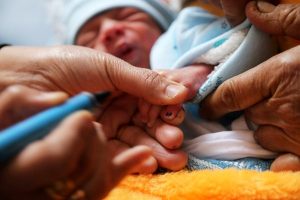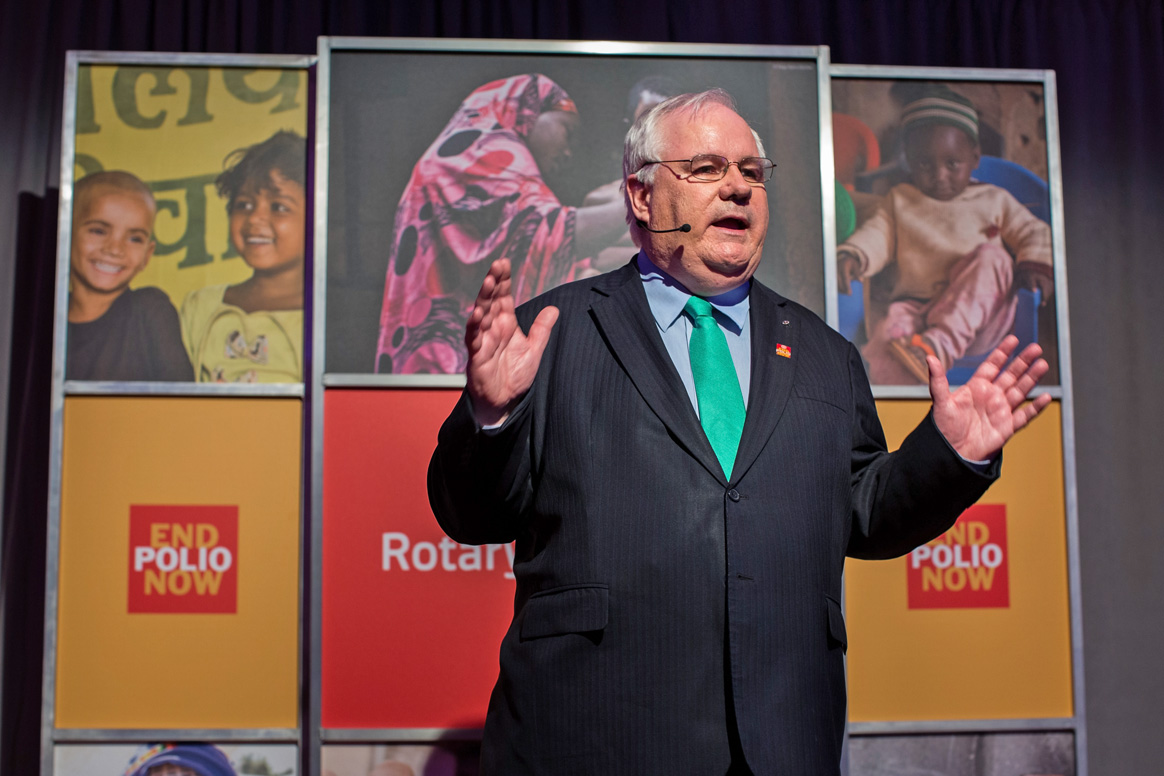Despite the end of the outbreak in the Middle East, a photo series shows how countries like Jordan are keeping up the fight against polio

While polio continues to circulate anywhere in the world, children everywhere remain at risk. While Pakistan and Afghanistan are working tirelessly to stop the virus spreading, in other countries where polio has been stopped constant efforts are underway to keep children protected and polio at bay.
Through this series of photographs, see the length people go to in order to protect children in Jordan against polio. Keeping levels of immunity high by strengthening routine immunization, carrying out polio vaccination campaigns and keeping vigilant surveillance systems for early warning should the virus return is a top priority for the Global Polio Eradication Initiative.
In Jordan, which was made vulnerable to poliovirus following an outbreak in Syria and Iraq in 2013 and 2014, the Ministry of Health of Jordan with the support of WHO, UNICEF and partners, recently completed a mass immunization campaign against polio, reaching more than one million children under 5 across the country with oral polio vaccine (OPV). The nationwide immunization drive was the country’s sixth since polio’s return to the Middle East in 2013, and comes as part of efforts to maintain and strengthen population immunity, until the poliovirus is eradicated globally.
“We are in reach of eradication, but the battle is not yet won. With wild polio continuing to circulate in endemic Pakistan and Afghanistan, countries in WHO’s Eastern Mediterranean Region, particularly those in the Middle East, remain at risk of importation and outbreaks,” said Chris Maher, manager of WHO’s regional polio eradication unit based in Amman.
“WHO and its partners continue to work closely with the Government of Jordan and governments in the Region to strengthen and maintain immunity levels against polio, and to enhance surveillance systems to detect the virus. Until transmission is stopped for good, countries must keep up their guard. This is no time for complacency,” he added.
The campaign lasted 5 days and placed a special focus on reaching communities in high-risk areas of the country.
“Reaching all children with the vaccine is the only way to effectively block out the poliovirus,” said Dr Osama Mere, WHO polio technical officer. “Extra effort was made to reach communities living in remote areas, particularly nomadic groups and families living in informal settlements. This called for detailed campaign micro-planning down to the household level, and a combination of approaches involving both fixed and mobile vaccination teams,” he added.
Throughout the immunization drive, monitoring teams comprising the Ministry of Health, WHO and UNICEF staff conducted visits to inspect cold chain vaccine storage and to supervise vaccine administration. The teams also travelled to high-risk areas to ensure communities were being reached.
“We are very pleased with Jordan’s campaign preparation, execution and performance,” said Dr Mere. “We hope this level of scrutiny and care is maintained in campaigns going forward, until there is no longer a need for them,” he added.
The next step for the Jordan’s polio programme is the national switch from trivalent to bivalent OPV on 23 April, which will take place in synchronization with global plans.



